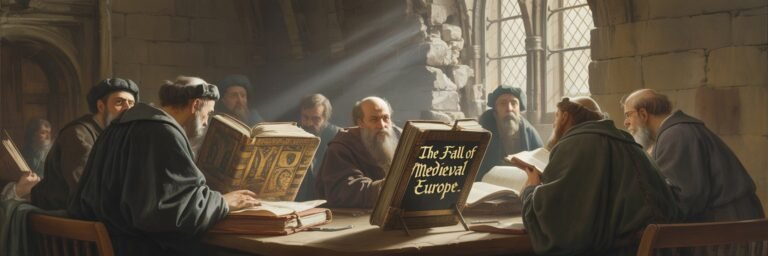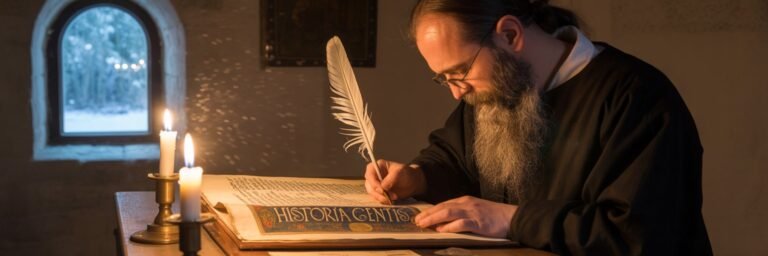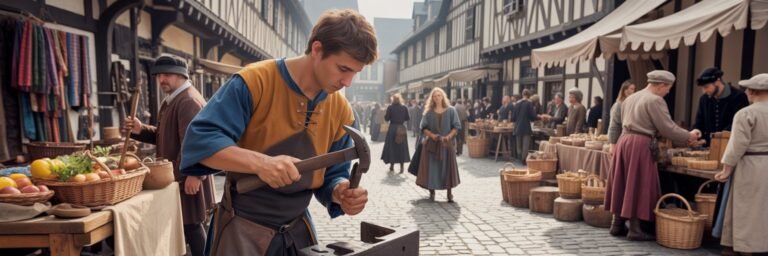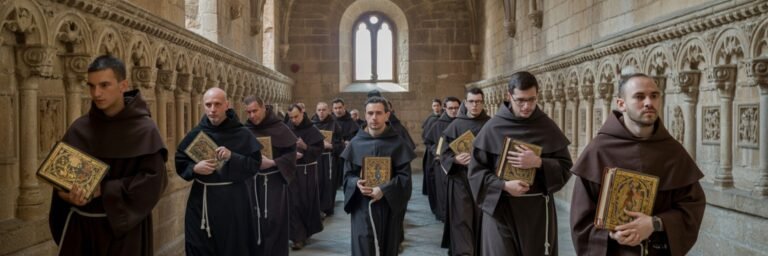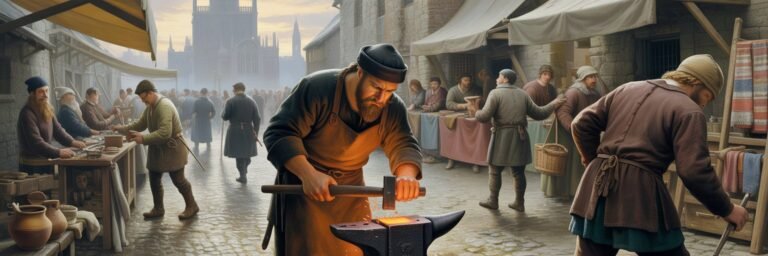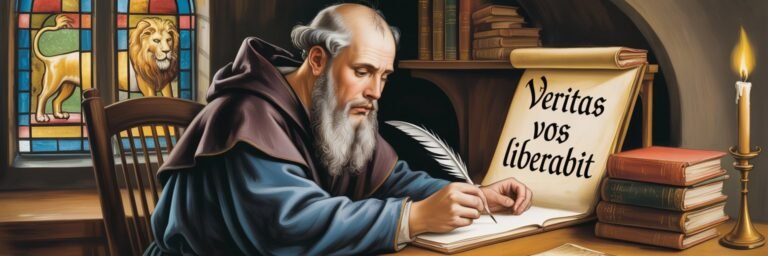INTRODUCTION
Venture back with me more than half a millennium into the past. You’re in an era where religious beliefs and scientific curiosity sit uneasily together, an era when seismic political shifts arise from the competing interests of emperors and popes. This is Medieval Europe: a rich and complex tapestry of cultures and civilizations that has left a long-lasting socio-cultural legacy. From the grandeur of Gothic cathedrals to the stirring codes of chivalry; from the poetic sagas of the North to the philosophic dialogues of the South, every thread gives testimony to a time of fascinating transformation. A deep understanding of this period provides us with a matrix to decode much of the present world outlook- scientific, philosophical, legal, and cultural.
HISTORICAL BACKGROUND
The Middle Ages, approximately spanning from the 5th to 15th centuries, was a period defined by radical changes within the European continent. The fall of the Western Roman Empire in the 5th century marked the beginning, embracing chaos and barbarism before eventually consolidating under feudalism.
Religion, particularly Christianity, exerted immense influence, leading to the advent of monasticism and its pacifying influence on barbarian Europe. From the quills of cloistered monks flowed the chronicles, biblical interpretations, and philosophical musings, preserving the majority of what we understand about Medieval Europe. Apart from religious motifs, diverse elements ranging from Roman law, Germanic custom, and the legacy of the Carolingian Empire also shaped the Medieval Era in its dialectical development.
THEORIES AND INTERPRETATIONS
One key academic debate delves into whether the Middle Ages were indeed a ‘Dark Age’, an era plagued by ignorance and backwardness. Traditionally, scholars like Petrarch painted this era as an intellectual wilderness amidst the enlightened epochs of Classical Antiquity and the Renaissance. However, modern historians like Jacques Le Goff offer an alternative view, emphasizing the vital contributions of the Middle Ages to modern civilization, such as the establishment of universities, refinement of vernacular languages, advances in technology, and transplantation of Classical knowledge.
Another contested terrain is regarding the ‘Feudal Revolution’ concept, a period in the 10th century marked by social restructuring and fragmentation of centralized power. While historians like Georges Duby propose this theory, others like Susan Reynolds question its over-simplification of a multifaceted and regionally varied transition.
MYSTERIES AND CONTROVERSIES
The Middle Ages is steeped in mysteries and controversies, often giving rise to colorful legends and folklore. From the romanticized tale of King Arthur, the murkily understood remnants of the Knights Templar, to the enigmatic origins and symbolism within the Voynich Manuscript, the medieval period continues to confound historians and captivate popular imagination. One of the most significant controversies revolves around the Church’s position on science and reason. Did the Church suffocate budding science, the often-perceived ‘Conflict Thesis,’ or did it play a vital role in preserving and supporting scientific inquiry—the viewpoint held by scholars like Edward Grant and Andrea Lindberg.
SYMBOLISM AND CULTURAL SIGNIFICANCE
Medieval Europe’s cultural legacy brims with symbolism across various realms. Take for instance architecture: Gothic cathedrals, with their heavenward spires and intricate iconography, symbolize the cosmic world view and spiritual aspirations of the Middle Ages. The Chivalric code of knights symbolizes a fusion of martial prowess with Christian piety and courtly manners, while allegorical characters in morality plays like “Everyman” signify abstract virtues and vices.
Folk customs and festivals, laden with symbolic meanings and steeped in ancient and Christian legacies, evoke communal identification and social morality. Furthermore, the Danse Macabre, an art genre featuring the dance of Death, symbolizes the leveling character of mortality—a universal truth cutting across class and status.
MODERN INVESTIGATIONS
Modern investigations harnessing advanced tools and multidisciplinary approaches have begun to throw new light on Medieval Europe. From bioarchaeological studies revealing dietary habits and disease prevalence, to digital humanities mapping literary networks or tracing trade routes, these initiatives add layers to our knowledge.
Excavations like the one at Gjellestad, Norway, have unearthed significant Vikings ships, while Manitou Archaeological Consultants’ project at the Medieval Oxford School site has provided insights into scholastic life. Additionally, the examination of historical documents aided by machine learning techniques has deepened our understanding of judicial and social systems.
LEGACY AND CONCLUSION
The cultural legacy of Medieval Europe pervades our modern world in numerous ways. It is visible in our architectural landscape, where Romanesque and Gothic churches still preside with splendor. It influences our literary canon—with Dante Alighieri, Geoffrey Chaucer, Thomas Aquinas and Marco Polo making their mark.
Moreover, the era laid critical foundations for scientific inquiry and higher education, incubating the first European universities. Our current legal systems, too, owe a debt to the Middle Ages, as Roman law was revived and localized legal systems developed. Christendom’s grappling with pluralism and secular power during this period also sowed seeds for contemporary political debates around church-state relations.
The cultural legacy of Medieval Europe remains a vital thread in the intricate tapestry of shared human history—an encoded story of our past, an index to understand our present, and a compass directing our future investigations.

